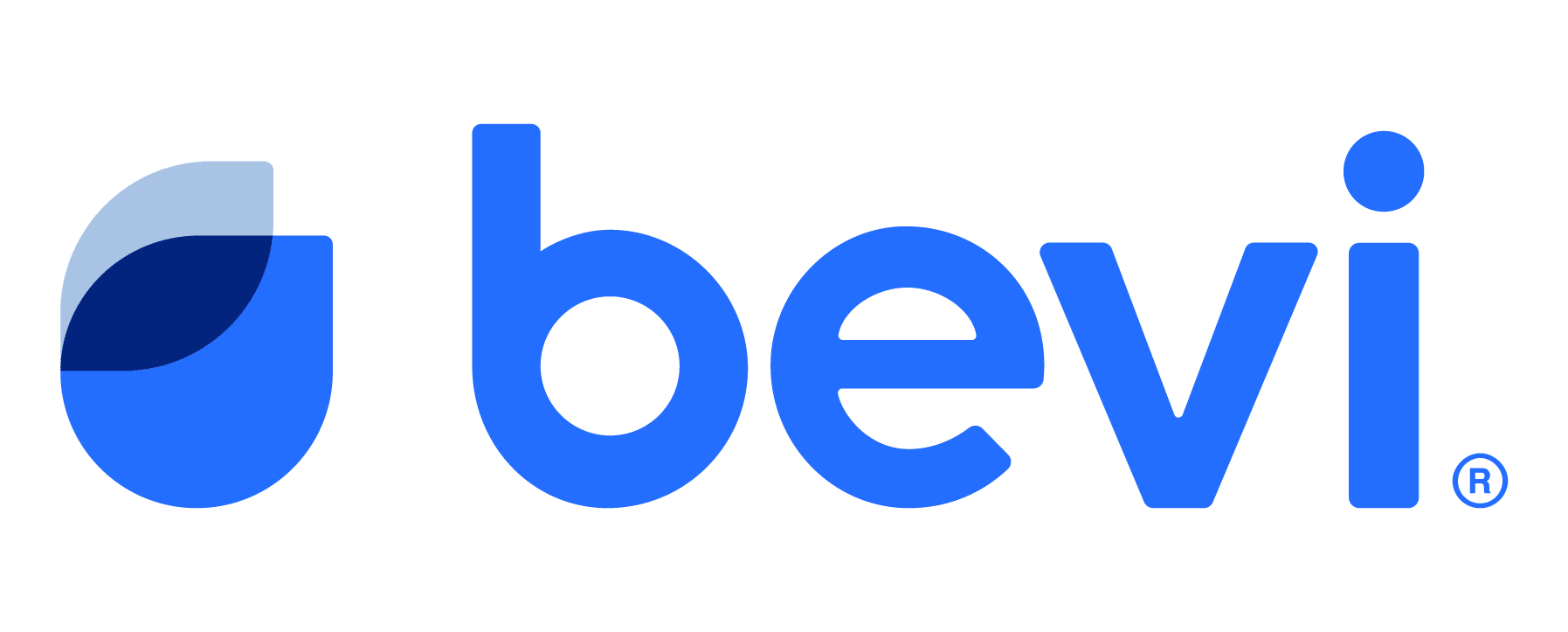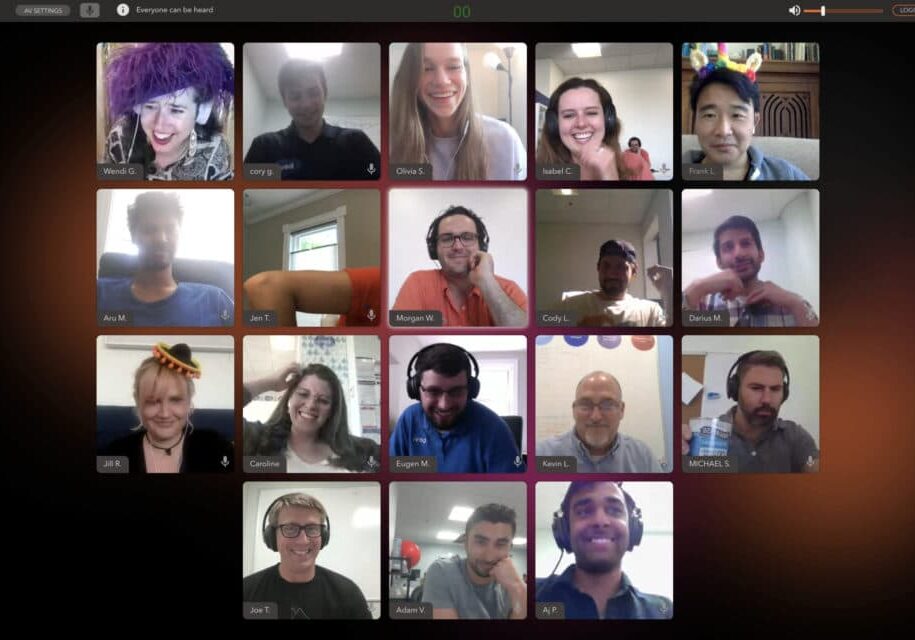As we begin making our plans to return to the office later this year, we’re reflecting on the past year of remote work to take stock of what we gained and what we lost before we move forward. At Bevi we’ve always had the flexibility to take some work days at home, but it wasn’t apparent just how important the office was until we could no longer gather there.
To take a look back, we invited our co-founder and CEO, Sean Grundy, to sit down and share his thoughts on Bevi’s remote experience. We discussed the challenge of motivating a remote workforce, surprising ways the team stepped up, and lessons learned about being the CEO of a remote team.
Hi Sean, thanks for being here. Can you take us back to the day you knew your employees would be going home without a return date? What was going through your mind?
When COVID really started surging in March in the US, there was a twofold concern. There was the standard concern that most companies had about how will there be business continuity and then there was a more existential threat of “What happens if our whole market shuts down?” And that’s essentially what happened, our whole market shut down nationwide over the course of a few weeks as offices just shuttered their doors.
And that was a really scary period because we saw so many companies just completely shutting down their offices and shifting to remote work. We realized we were essentially experiencing a market collapse since over 90% of our clients are corporate offices. So that was very scary.
Once it seemed like remote work would be the norm for a while, what were the biggest challenges to keeping your team focused and moving forward while working remotely?
What I tried to do was be optimistic without being unrealistic.
Things have definitely gotten better after it became clear that there were vaccines that could put an end to COVID, but up until then, it was a very, very stressful period, and very hard to keep people motivated. The biggest challenge for us was really trying to retain our belief in our long term market.
One strategy there was continuing to invest in designing a commercial office product like a new machine for commercial offices. And it took a lot of conviction to essentially show the team we believe so much that this office market is going to return that even after restructuring and cost cutting, we’re continuing to heavily invest in a product for this very same commercial market. And in some ways, I’d say it defied what a lot of people viewed as common sense. I think there was this common sense that we would try to find a way to pivot, but we thought it was important to continue dominating the space that we initially captured with Bevi.
So we decided, for the most part, to focus our resources on B2B product development and just really, really stay committed to the course we were on and designing the best possible products for the commercial office. And I think it was motivating to the team to show that the company leadership and investors all still believed enough to continue to try to stay the leader in this space.
Were there some surprising things that came out of working remotely that you wouldn’t have expected?
The whole team has shown a willingness to get outside their job descriptions. It took a lot of personal resilience to handle all that as well as belief that the future would get better again.
What do you think it is about your team and your culture that helped them pull together and continue doing good work during a difficult time?
Our team really believes in the long term trends. We really believe that there will be demand for sustainable beverage solutions – that single-use plastic bottles or aluminum cans don’t have a future, but that really high-end tap connected filtration devices do. I think that belief—that it makes sense not just for the world but economically—has been reassuring.
As I mentioned, we also have a resilient team. I was recently talking to a member of our tech support team who said he always considered himself a resilient person but didn’t realize just how resilient he was until this past year.
Are there any lessons you can share about being the CEO of a remote team? Anything you would have done differently?
I probably should have had more frequent communication. A mentor recently made the comment that if you don’t fill the space with communication, people will fill it for you. Meaning that if you don’t proactively share the plans and the challenges you’re working on, people will come up with their own theories about what those are.
With a remote team that has less of the catchup time to share priorities and communicate about ongoing projects, I think more communication is better. I probably should have had more one-on-one conversations as well as more frequent general updates about goals and priorities, especially as we saw how quickly things could change in the COVID era.
Last but not least, which Bevi flavor have you missed the most?
Believe it or not, the thing I missed the most was just plain sparkling water. I took it for granted and viewed it as a normal office option and then once I had to go without it, I started really missing and craving it.
What’s next?
Don’t miss part two of our conversation with Sean later this month. We’ll discuss his thoughts on going back to the office including the importance of in-person collaboration, balancing remote work with it, and how to encourage safe, social interactions. In the meantime, we’d love for you to share this article and join the conversation on LinkedIn, Twitter, Instagram, or Facebook!
Jack Neary conducted this interview and wrote this article. Follow his blog here for more great content.



